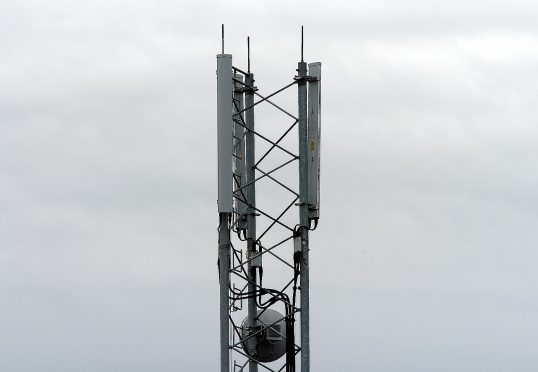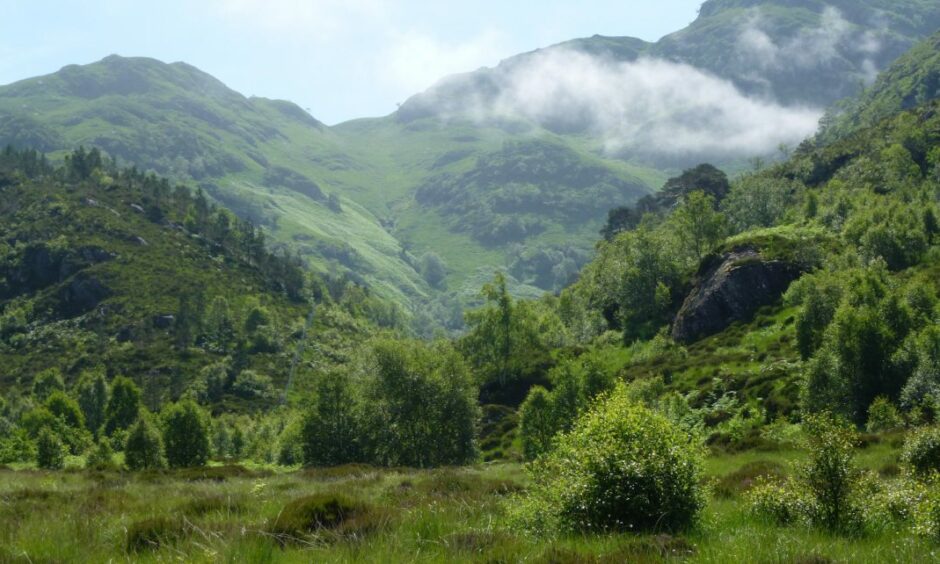Environmental and outdoor charities have hit out at plans by phone firms to put “unnecessary” masts in remote, uninhabited areas of Scotland in pursuit of an arbitrary coverage target.
A coalition of groups including the John Muir Trust conservation charity, climbers’ and walkers’ groups Mountaineering Scotland and Ramblers Scotland, and the Knoydart Foundation, fears hundreds of masts could be put up in sensitive areas where there is no need for them.
The Shared Rural Network project (SRN) – a collaboration between the UK Government and phone giants EE, O2, Three and Vodafone – involves spending £500 million to achieve 95% mobile phone coverage across Britain.
Mobile phone signal can be poor in the Highlands
The collaboration hopes to beat some of the not-spots where phone signal dies.
Around 300 masts have been suggested across the Highlands, but it has brought complaints from communities across the region.
In Knoydart, home of the UK’s most remote mainland community and only accessible on foot or by boat, at least three masts are proposed.
Our reporter Stuart Findlay takes a deep dive into the situation, as he finds locals are against the masts.
Other suggested Highland sites include the upper part of Glen Nevis, near Fort William, which can only be reached on foot and is known for its wild and magnificent scenery, and a nature reserve on the Isle of Mull.
The coalition believes the focus of the scheme is on geography rather than population, and makes little sense in Scotland’s uninhabited and road-free mountain and upland landscapes.
‘Sole intention of filling in dots on a map’
“It has unleashed a flood of applications for unnecessary mobile masts with the sole intention of filling in dots on a map,” says Mike Daniels, policy director of the John Muir Trust.
“We are completely behind the need for improving telecoms connectivity, which is vital for rural communities.
“However, contractors rushing to complete this scheme are bulldozing ahead without proper community consultation or respect for the fragile nature of precious wild places.
“This seems a reckless and wasteful approach to achieving a vital outcome.”
Davie Black, conservation officer for Mountaineering Scotland, said: “We are greatly concerned that hundreds of unnecessary masts could be installed in sensitive mountain areas, along with tracks and other infrastructure, with the sole objective of meeting a pointless and purely geographical target.”
The coalition is calling on the operators to consult with rural communities before siting masts; avoid new access tracks if possible; avoid the most sensitive wild places; and share masts rather than putting up more than one mast on sites.


Conversation